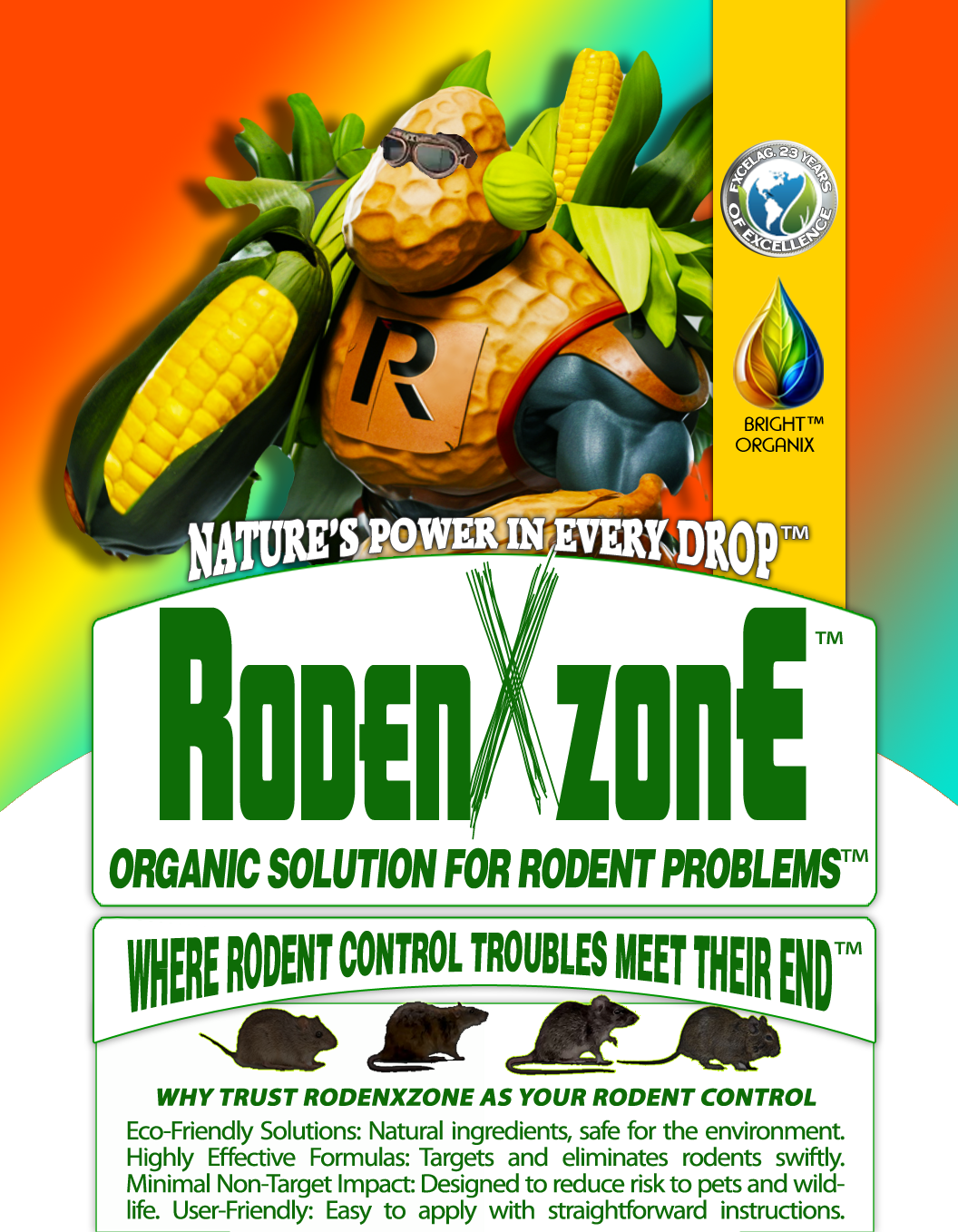House mice (Mus musculus) are classified as pests. Here is detailed information about them:
– **Category**: Pest
– **Description**: House mice are small rodents with pointed snouts, large rounded ears, and long, almost hairless tails. They are typically light brown or gray in color, and adults weigh about 0.5 ounces (15 grams) with a body length of 3 to 4 inches (7 to 10 cm) and a tail of similar length. House mice are highly adaptable and can live in a variety of environments, often seeking shelter in human homes, buildings, and farms.
– **Impact**: House mice can cause significant problems due to their feeding habits, nesting behaviors, and potential to spread diseases:
– **Property Damage**: Mice chew on electrical wiring, insulation, and structural materials, which can lead to fires, structural damage, and costly repairs.
– **Contamination**: Mice contaminate food supplies and surfaces with their droppings, urine, and hair, leading to potential health hazards. They are known to spread diseases such as salmonella, hantavirus, and leptospirosis.
– **Reproduction**: Mice reproduce rapidly, with females capable of producing multiple litters each year, each containing 5 to 10 offspring. This rapid reproduction can quickly lead to large infestations if not controlled.
– **Control Methods**: Effective management of house mice involves a combination of preventive measures, trapping, and, in some cases, chemical control:
– **Preventive Measures**:
– **Exclusion**: Sealing entry points such as cracks, gaps, and holes in walls, foundations, and around doors and windows to prevent mice from entering buildings.
– **Sanitation**: Keeping areas clean and free of food debris, properly storing food in sealed containers, and regularly disposing of garbage to reduce attractants.
– **Reducing Clutter**: Removing clutter and materials that can provide nesting sites for mice.
– **Trapping**:
– **Snap Traps**: Traditional spring-loaded traps that kill mice instantly.
– **Live Traps**: Humane traps that capture mice alive for relocation.
– **Glue Traps**: Sticky boards that trap mice when they walk over them (less humane and not recommended due to ethical concerns).
– **Chemical Control**:
– **Rodenticides**: Poison baits that can be effective but should be used with caution due to potential risks to non-target animals, pets, and children. Rodenticides should be placed in tamper-resistant bait stations.
– **Professional Pest Control**: Engaging professional pest control services for severe infestations or when other methods are ineffective. Professionals can provide integrated pest management (IPM) solutions tailored to specific situations.
In summary, **house mice** are significant pests due to their ability to cause property damage, contaminate food supplies, and spread diseases. Effective management requires an integrated approach, combining preventive measures, trapping, and, if necessary, chemical control to reduce mouse populations and prevent infestations.
-
RodenXZone Eco-Friendly Rodenticide Rat Mouse Killer stands out due to its eco-friendly nature. It leverages organic components, making it a responsible choice for environmentally conscious consumers. Its unique blend ensures efficacy while maintaining safety and sustainability, highlighting the product’s commitment to eco-friendly pest management.
Protecting property from rodent infestations is crucial for maintaining a safe and hygienic environment. With RodenXZone™, users can effectively manage rodent populations while upholding their commitment to sustainability and environmental responsibility. RodenXZone Eco-Friendly Rodenticide Rat Mouse Killer unique formulation and organic ingredients make it a standout choice for those seeking an eco-friendly rodent control solution that doesn’t compromise on effectiveness.
Size : 1 Gal RTU - 32oz RTU - 16oz CTU

